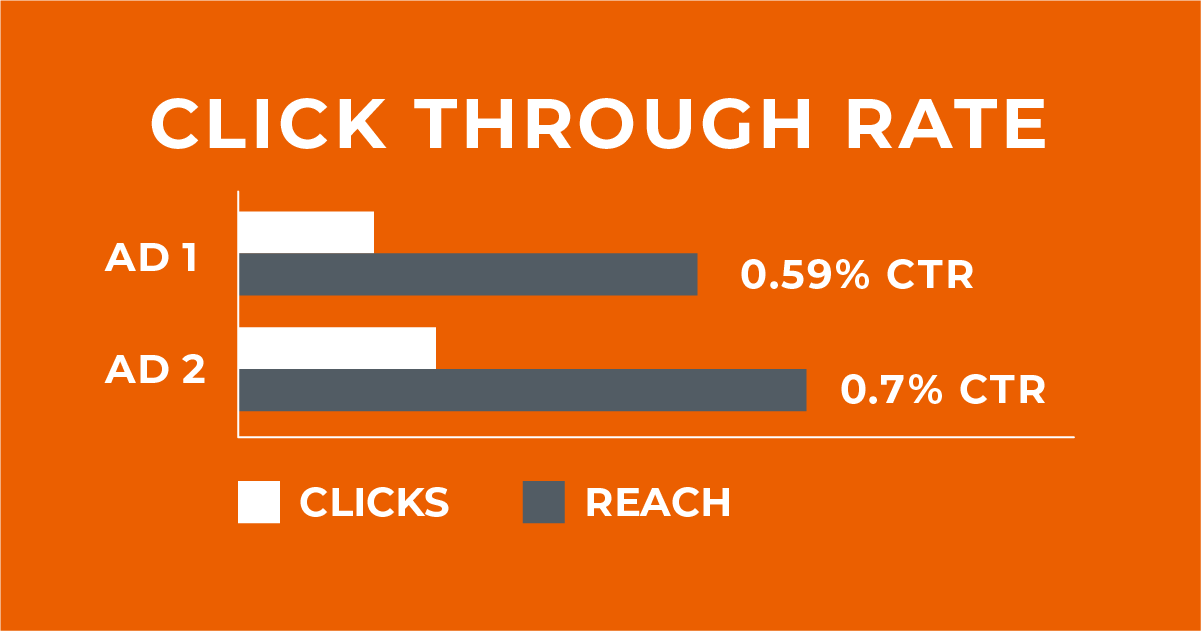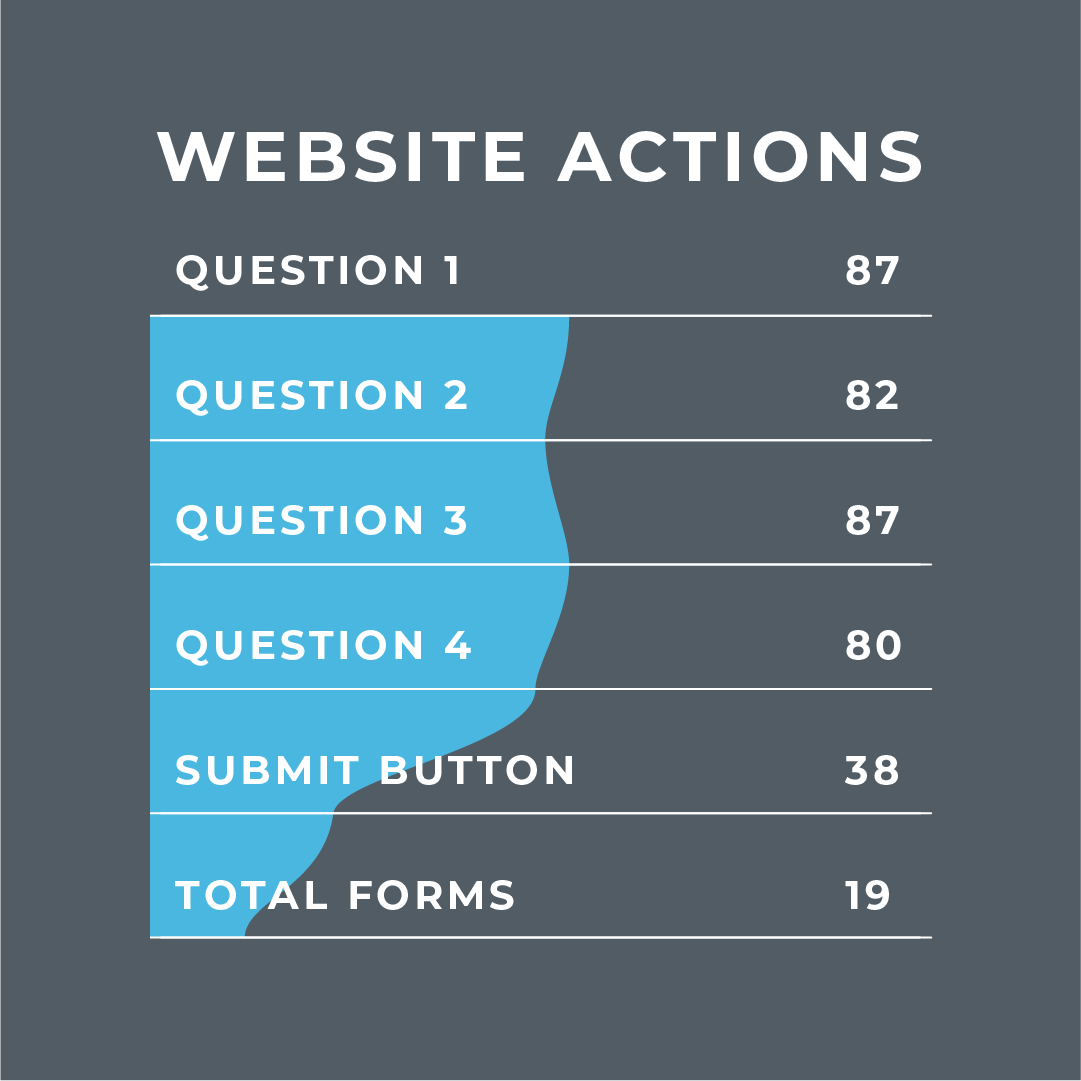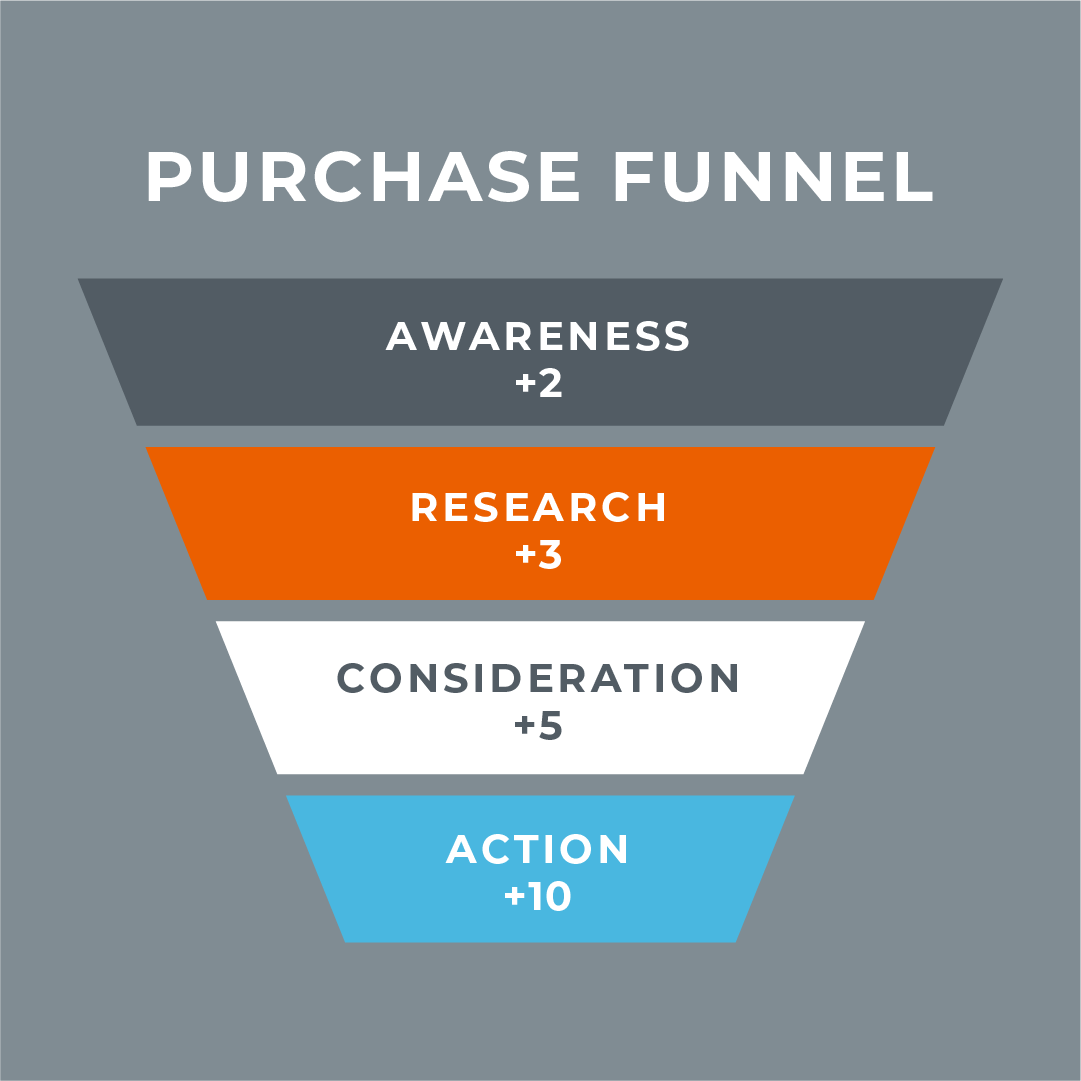Campaign Metrics that Matter
06.10.19 · Greteman Group
Data overload is one of the most frustrating aspects of measurement. To make it simple, we categorized the marketing campaign metrics you should measure to determine whether or not your efforts were effective.
Delivery Metrics
Advertising efforts through direct-to-publication placements, demand side platforms (DSP) or in-house channels, such as through Google Ads or social media ad networks, provide delivery metrics for your marketing campaigns.
Metrics depend on placement but can include reach, impressions, clicks and click-through-rate (CTR).

Running ads through the Facebook advertising platform can be done in-house or through a media partner. Weekly check-ins on campaigns will ensure you’re getting the reach or clicks you expect based on your budget. To ensure your advertising efforts are leading to traffic to your campaign landing pages, you have to look beyond delivery.
Onsite Metrics
Onsite metrics reported through an analysis platform, such as Google Analytics, measure traffic on your campaign landing page. Dozens of data points are recorded, including acquisition, audience, behavior and conversion metrics.
Acquisition metrics outline how a user came to your landing page. Generally, acquisition metrics are categorized as direct, organic search, other, social and referral traffic.
Campaign traffic sent to your site by custom URLs falls into the “other” category. Digging in gives you the ability to check actual traffic against delivery metrics reported through your advertising platforms.
Audience metrics define who is coming to your campaign landing pages, such as new vs. returning users.

Running advertising campaigns increases new users. Retargeting efforts bring them back as returning users. Setting break points for how long a user takes to return to your website in Google Analytics lets you determine what parameters they must meet to be considered a returning user. We recommend you set these break points for the estimated length of each section of your customer journey.
We report behavior metrics through event tracking, and they’re some of the most enlightening data points.
Implementing event tracking on your website lets you see what actions users take on your campaign landing pages, such as playing a video, filling out your contact form and clicking on calls-to-action (CTA).

When reviewing our landing page for Piedmont Airlines pilot recruitment campaign. Various CTAs throughout the landing page identify which pilots want to “learn more” about Piedmont and which pilots are ready to “apply now.” Information like that allows us to optimize the airline’s advertising efforts and recommend content aimed at potential hires still on the fence.
Google Analytics also reports conversions, but there are a number of ways we can measure the final stage in your customer journey.
Conversions that Achieve Your Goals
Reporting conversions depends on your predetermined key performance indicators (KPIs). We set benchmarks for each marketing campaign and report conversions against an overall goal.
For Google Analytics to track and report conversions, we set up goal completions in the platform – forcing you to determine your KPIs right away. Setting goal completions involves determining what action makes a conversion and what that conversion is worth – whether a monetary value or the numeric scale you use to classify leads and opportunities in your sales cycle.

Tracking goal completions in Google Analytics isn’t necessary for every marketing campaign. We track conversions through various methods. Choosing the right method for you depends, again, on your KPIs.
Here are a few examples of how we track conversions.
- Application submissions through a job portal
- Email sign-ups for a client’s enewsletter
- Form submissions through a client’s lead generator
Identifying the marketing campaign metrics that matter is an important first step in your measurement strategy. Using these paint a complete picture – from advertising delivery to lead conversion.
For more metrics that matter, read Content Analytics: 15 Most Important Metrics to Track After Hitting Publish by Databox.
